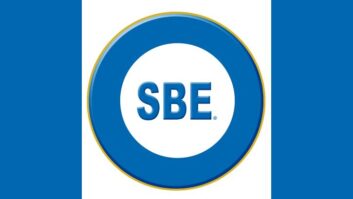SBE is opposing the use of real or live NWRSAME codes for system tests of the public warning system by National Weather Service/NOAA Weather Radio and others.
“Alerts from the NWS, some local authorities and the Emergency Alert System using real emergency event codes, when no actual emergency exists, have recently been used in some communities to test consumer receivers,” SBE stated.
“The NWS is recommending the practice be expanded nationwide. While stated NWS policy establishes that approval for NWS live code testing is up to the state and local EAS committees, some committees are not being consulted or do not understand that they may decline the request.
“Local emergency officials also may not fully understand the implications of the request and may participate without realizing the serious negative results,” the SBE statement continued. “The SBE asserts that these cry-wolf alerts will potentially cause public alarm, weaken confidence in the EAS for real alerts and discourage broadcasters’ involvement with volunteer EAS programs.”
SBE noted that broadcasters and cable systems decode EAS data and send the info to scrolling messages on TV screens and radios. “One result of live-code tests would be that TVs viewed by the deaf and hard of hearing and TVs in public places would not show any indication that the message is not a real alert.”
Also, people getting emergency messages through the Internet, PDAs, cell phones, programmable road signs and other outlets would not know the message was a test.
“The negative effect of live-code testing outweighs the benefits of testing the public’s weather alert radios,” it stated. President Chriss Scherer said a technology that allows a visual scroll of the same information as in the audio message — such as in Common Alerting Protocol technology, now being explored — would be more suitable.







